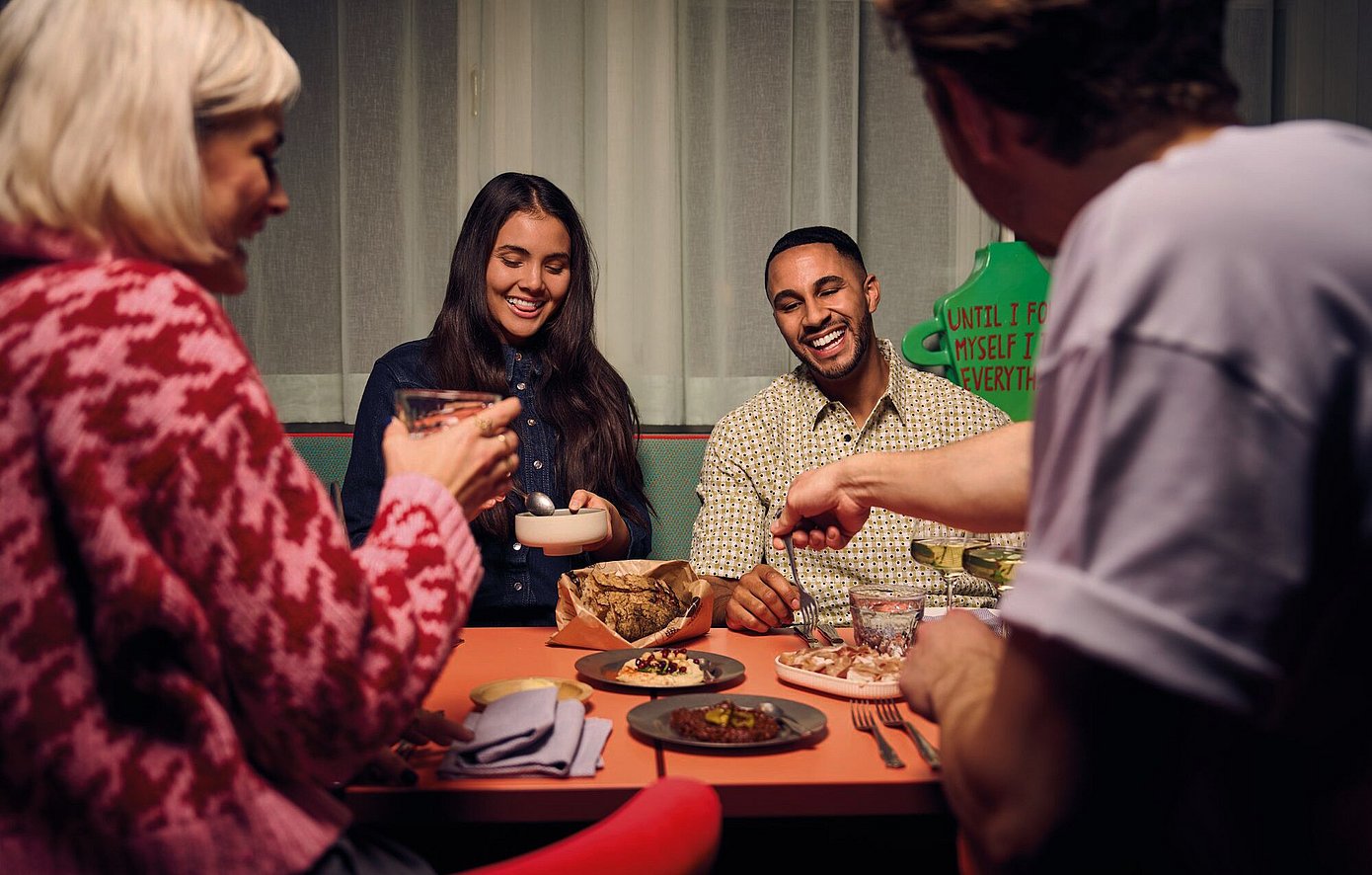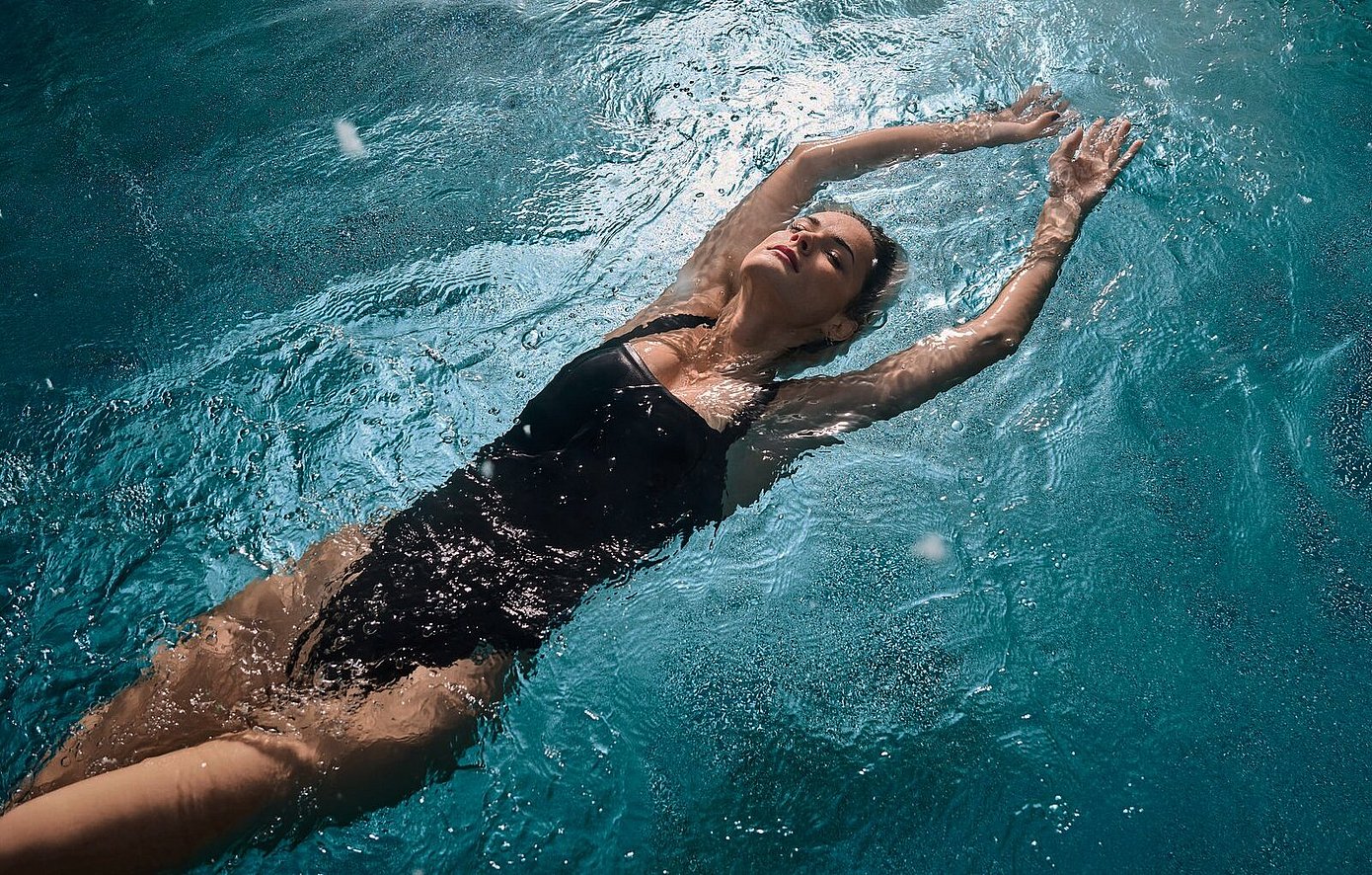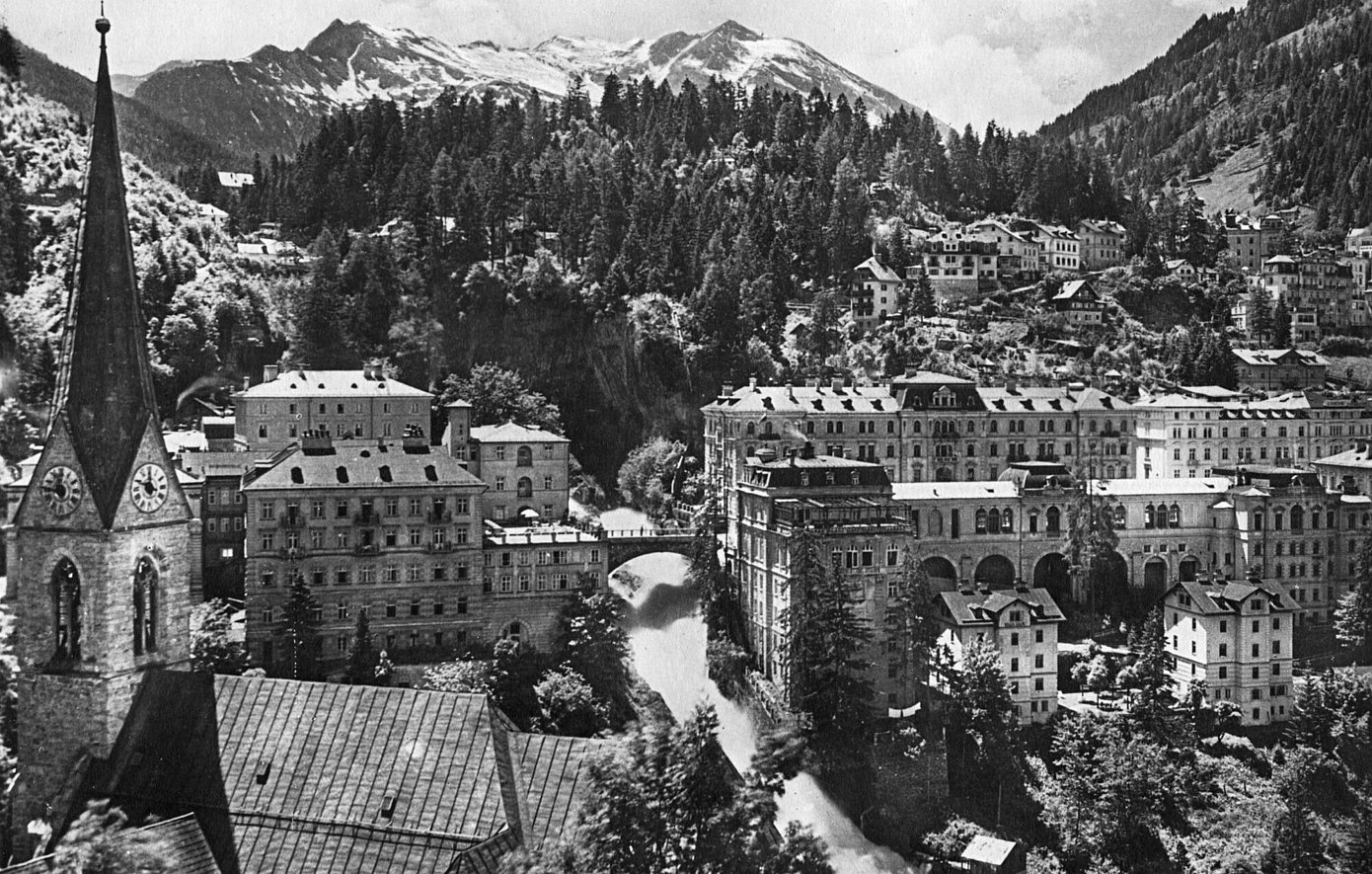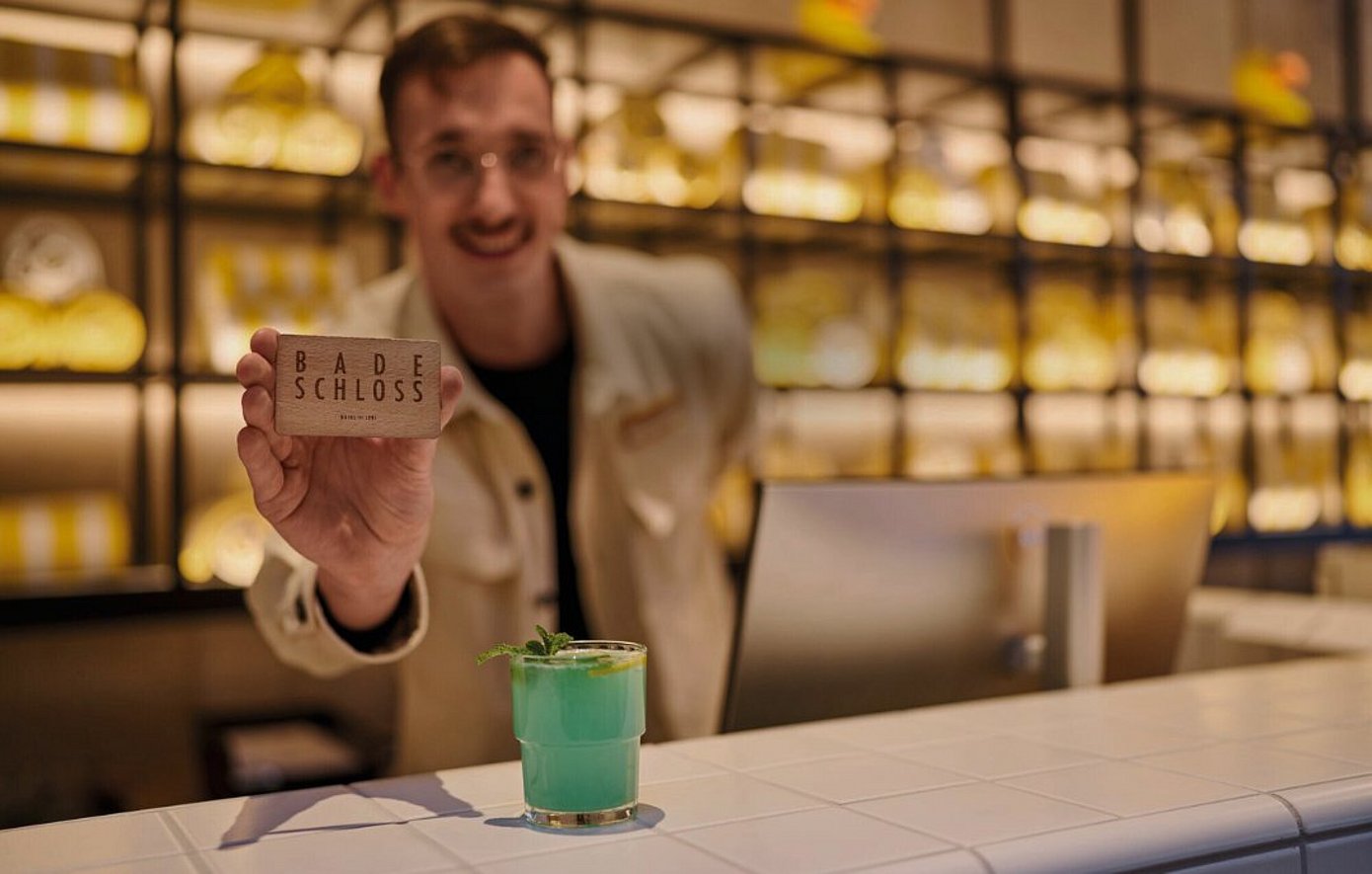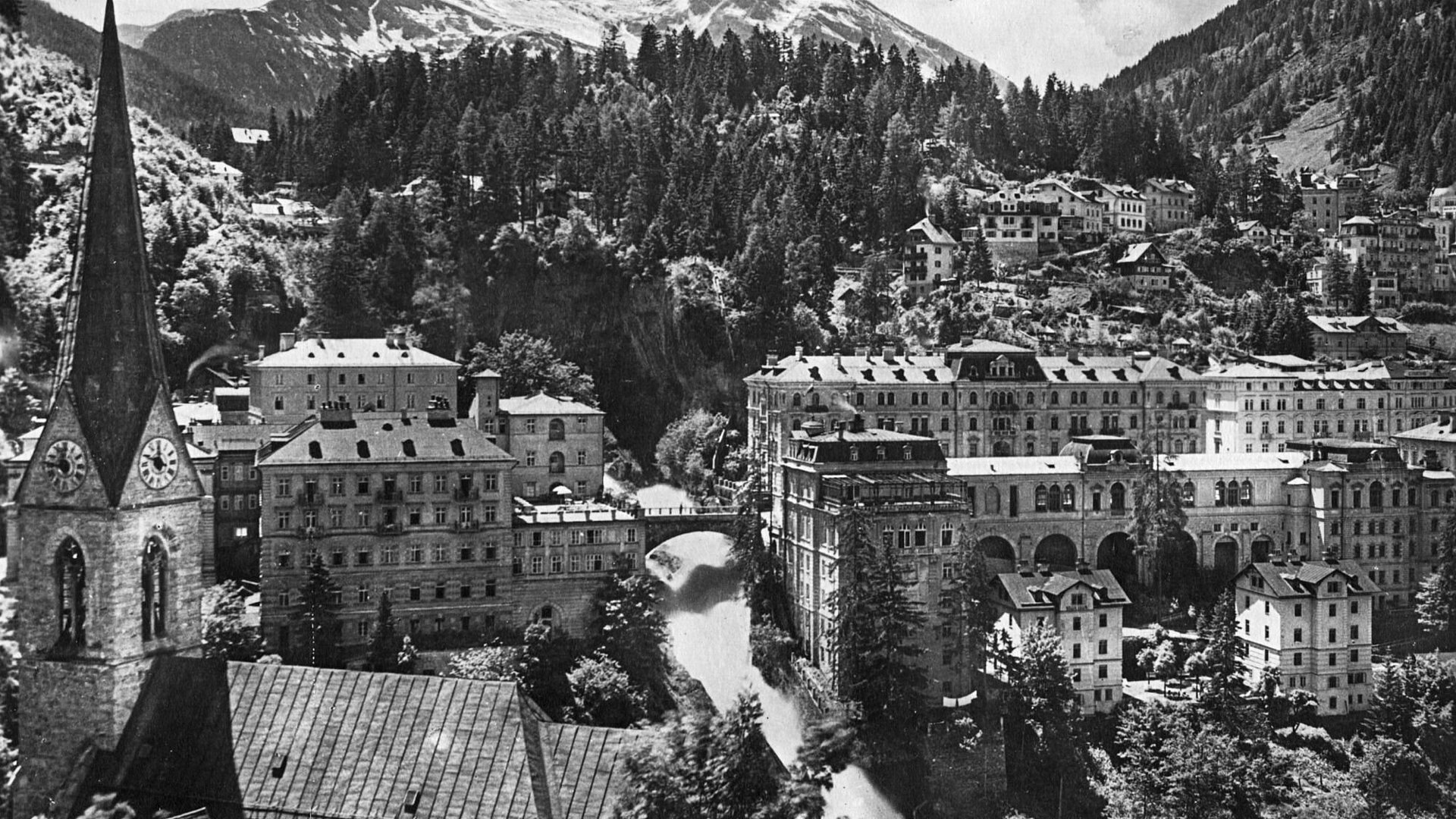
THE HISTORY OF BATHING
HAPPINESS IN THE TUB
Without water, Bad Gastein wouldn't be what it is. Without bathing culture, there would be no Badeschloss. Our hotel embodies a centuries-old ritual that heals, relaxes, cleanses, refreshes, and is, above all, sociable. Here, you immerse yourself in a historically significant location, experiencing the reinterpretation of bathing, embarking on a revitalizing journey centered around the theme of water. Right at the source. Where a waterfall shapes life and lifestyle.
THE ALPINE SWIM CLUB
Built in 1791 amidst a breathtaking backdrop, at the Bad Gastein Waterfall, the former bathhouse on Straubinger Platz has seen the comings and goings of significant personalities over time. Following restoration, 102 rooms and suites are distributed across the historic building and the modern new tower. The thematically designed spaces reflect bathing culture in its various facets.
Seven fun facts about swimming
Did you know that ...
BATHING: HEALING REMEDY, CULTURAL ASSET, INSPIRATION
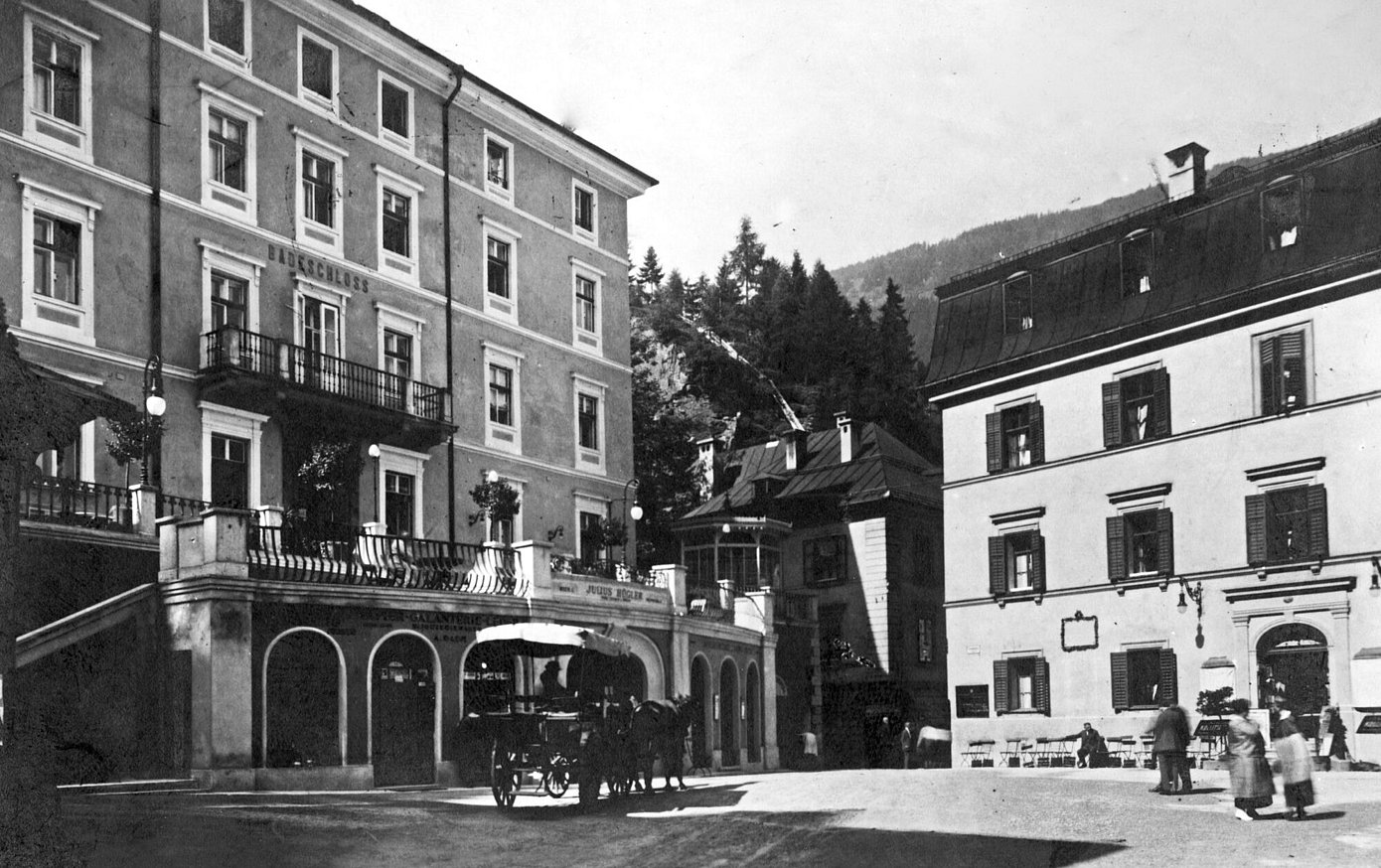
While bathing in ancient Greece was more commonly viewed as a routine and necessary activity after physical exertion, the Roman Empire established a true bathing culture. In their so-called "Thermes" (public baths), bathing became the focal point of social interaction. It is said that even political decisions were made in these public bathhouse.
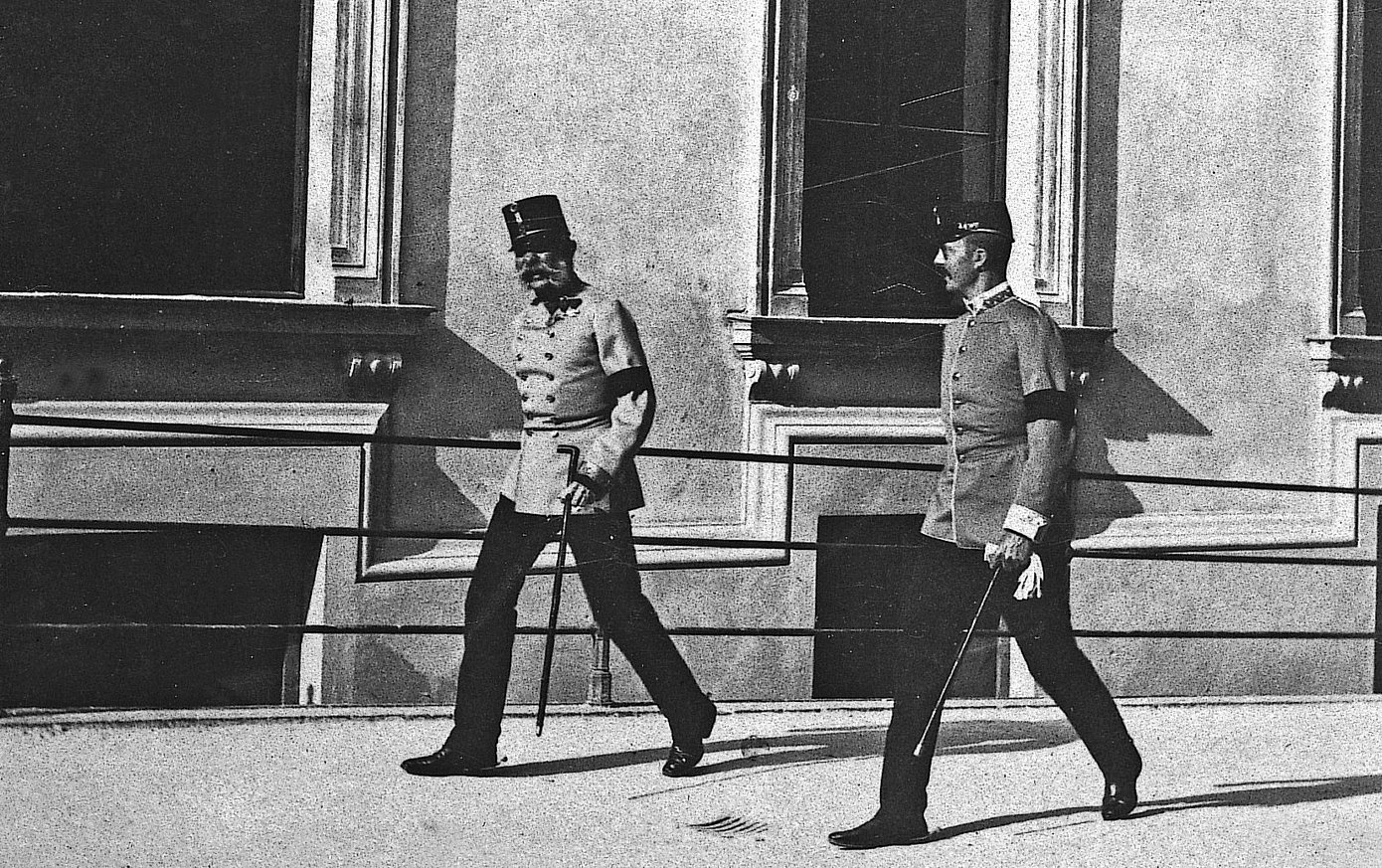
In large parts of Europe during the 16th and 17th centuries, bathing was considered unhealthy and unhygienic as vanity and body-consciousness were strictly rejected. It was only gradually that people rediscovered the natural healing power and cleansing effect of water. Initially reserved for the nobility and the wealthy, the enjoyment of baths became accessible to the general public with the opening of public bathhouse in the mid-19th century.
Different bathing traditions can be found all over the world. Deeply rooted in Oriental tradition are hammams. Breaks in the style of Japanese culture can be experienced in onsens. In Iceland, political and societal questions are addressed during bathing sessions, solving both big and small problems.
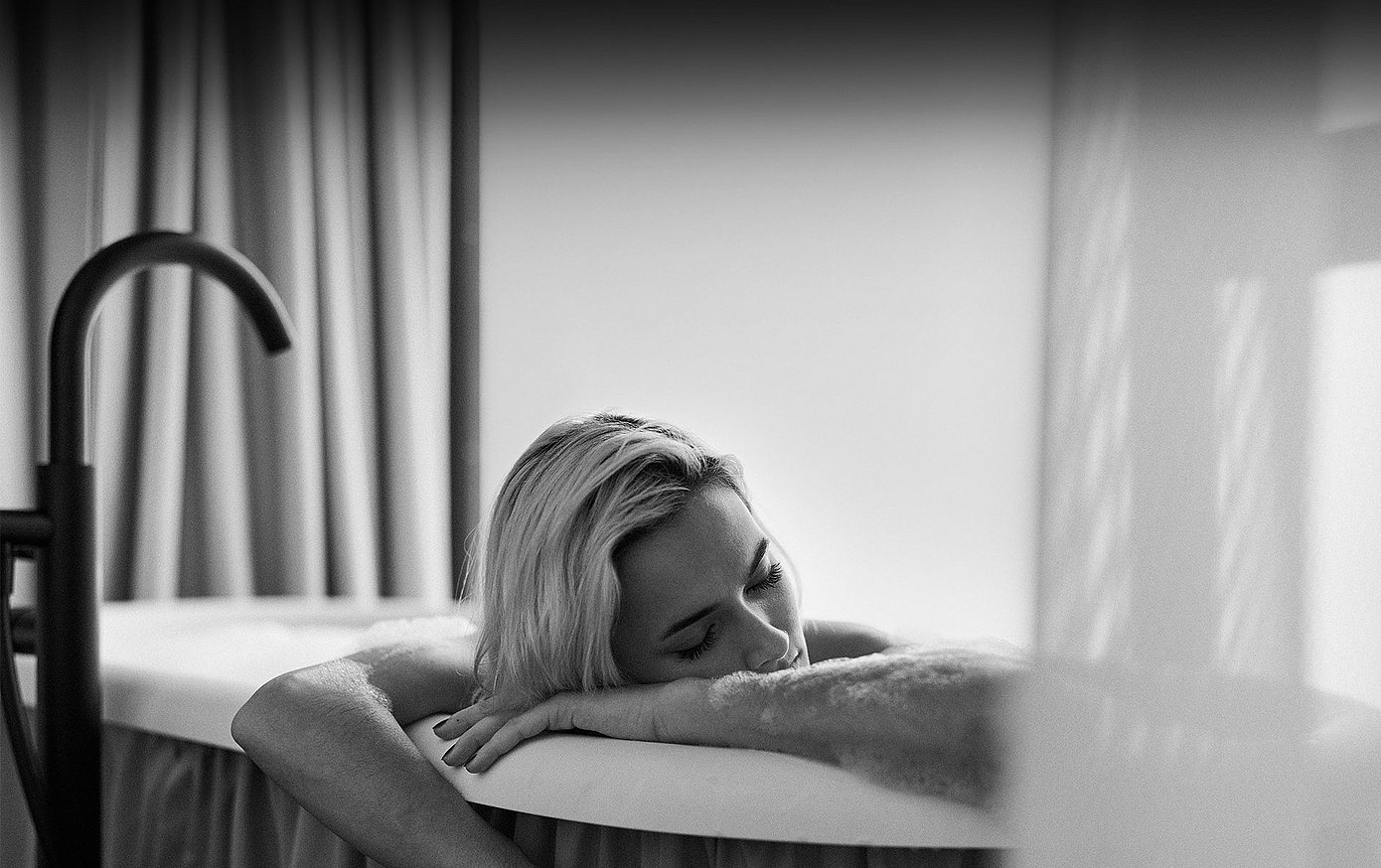
Bathing is a blessing for the body, mind, and soul, catering to both healthy individuals and those seeking healing. Hence, spa towns emerged near thermal and medicinal springs, where diverse crowds gathered for various reasons – from recovery to social gatherings.

DIVE INTO BAD GASTEIN-BADESCHLOSS-BATHING HISTORY
Until today, Bad Gastein, with its radon-rich thermal water, continues to be one of these popular destinations for regeneration and holistic well-being. In 1791, the Badeschloss first opened its doors to spa guests, establishing itself as the premier address extending far beyond the region.
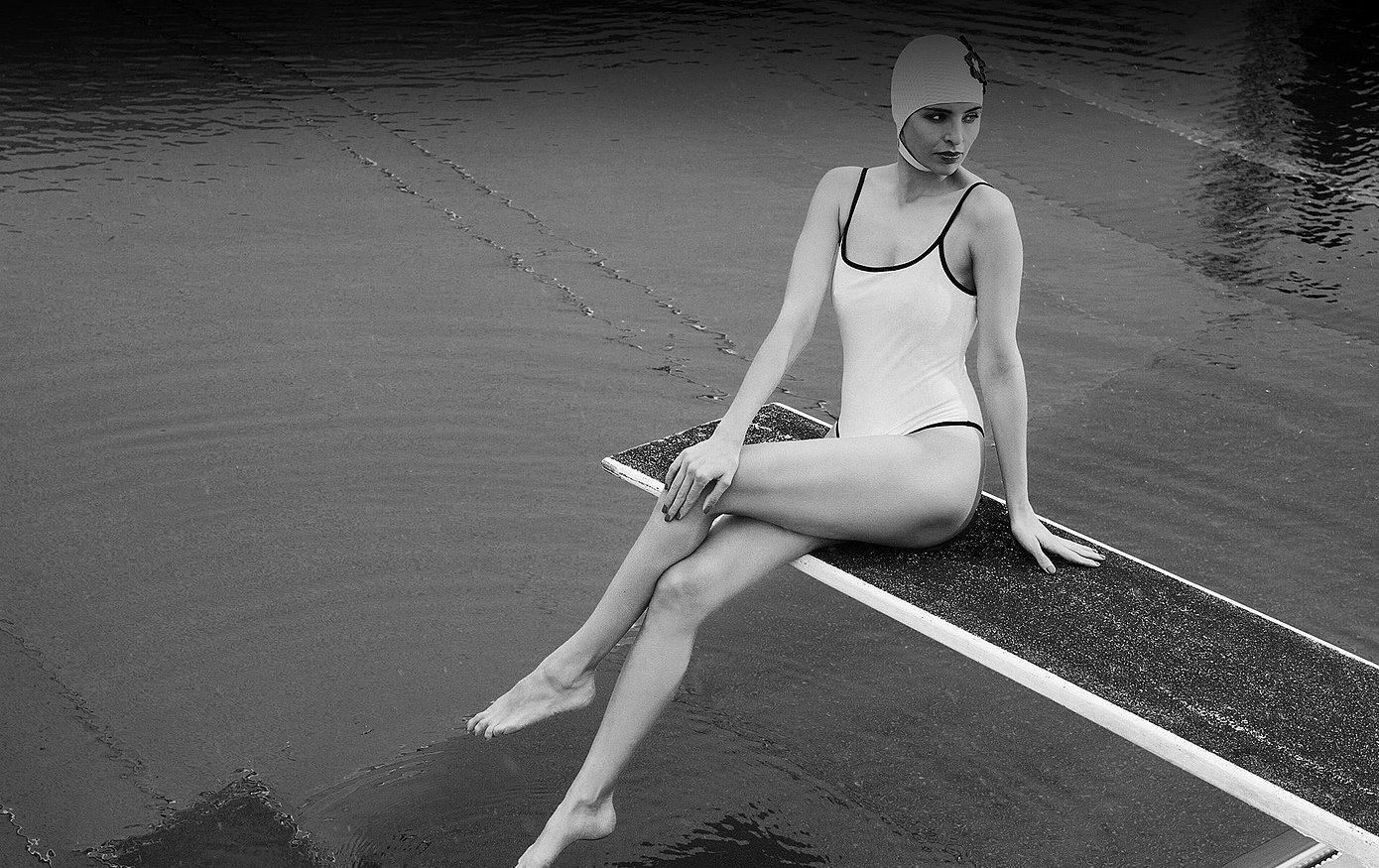
Over 230 years later, guests are once again welcomed in both the historic and newly constructed buildings. Even though the focus remains on holistic well-being in the 21st century, needs are redefined.
We preserve tradition while embracing the modern spirit. The old bathtubs are freshly prepared, and the bathwater is newly drawn for you. Become a part of the continuation and a new, quite exciting chapter on Straubingerplatz.
Special offers

Stay Flexible
Enjoy maximum flexibility with this offer including breakfast.

Spring Special
Experience the captivating ambiance of the new at the reopened Hotel Badeschloss and book your stay with a 25% discount until May 31, 2024.
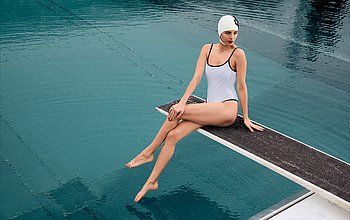
Extended Vacation
Would you like a little more holiday? With the Lieber-Länger offer, you can extend your holiday and enjoy the numerous benefits at your leisure.
Dive into the Badeschloss Hotel
Newsletter
Very well. At this point, you've already dipped your toe into the waters of Badeschloss. From now on, a large pool of exciting information awaits you. All you have to do is take the plunge, i.e., provide your email address to subscribe to our newsletter.









